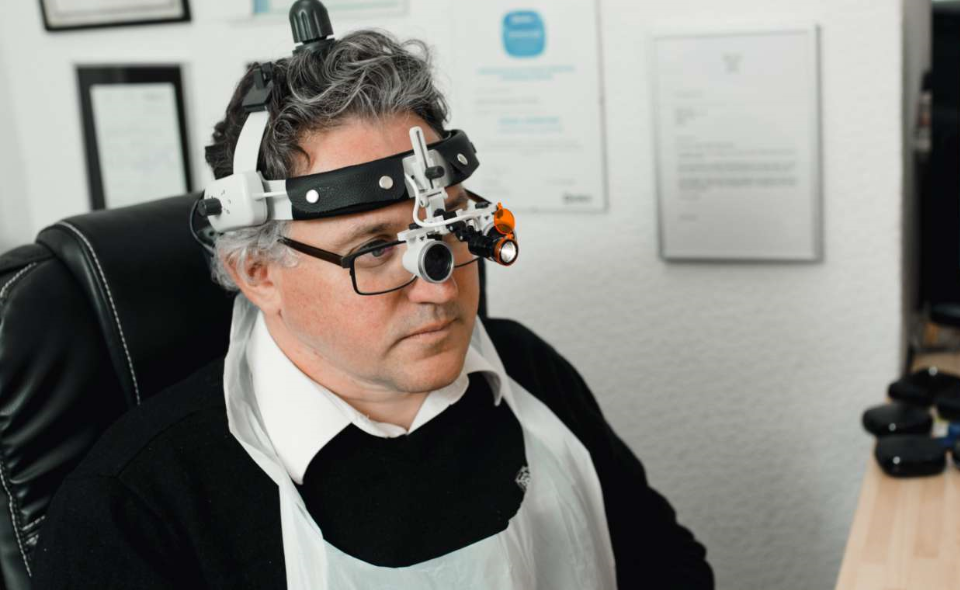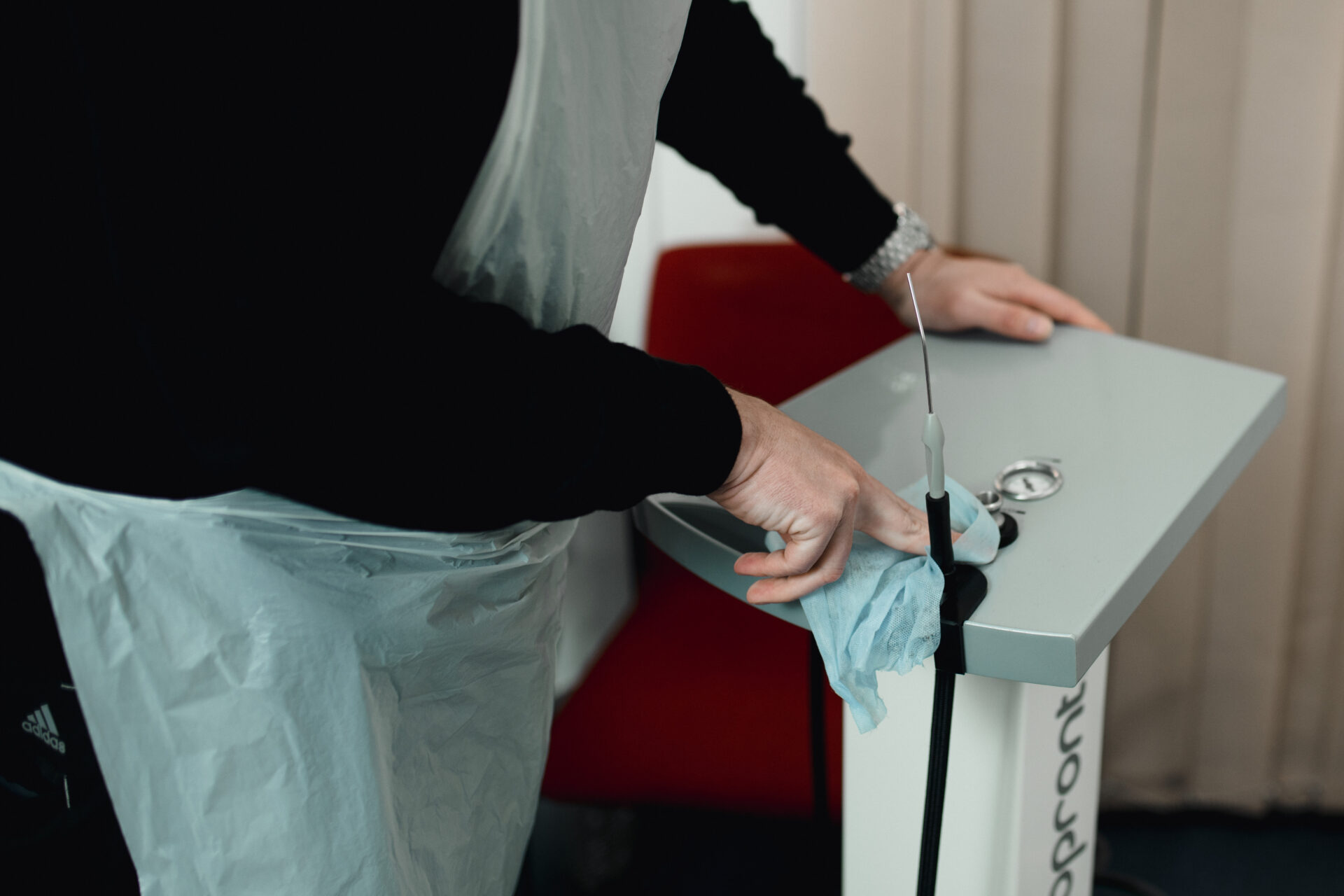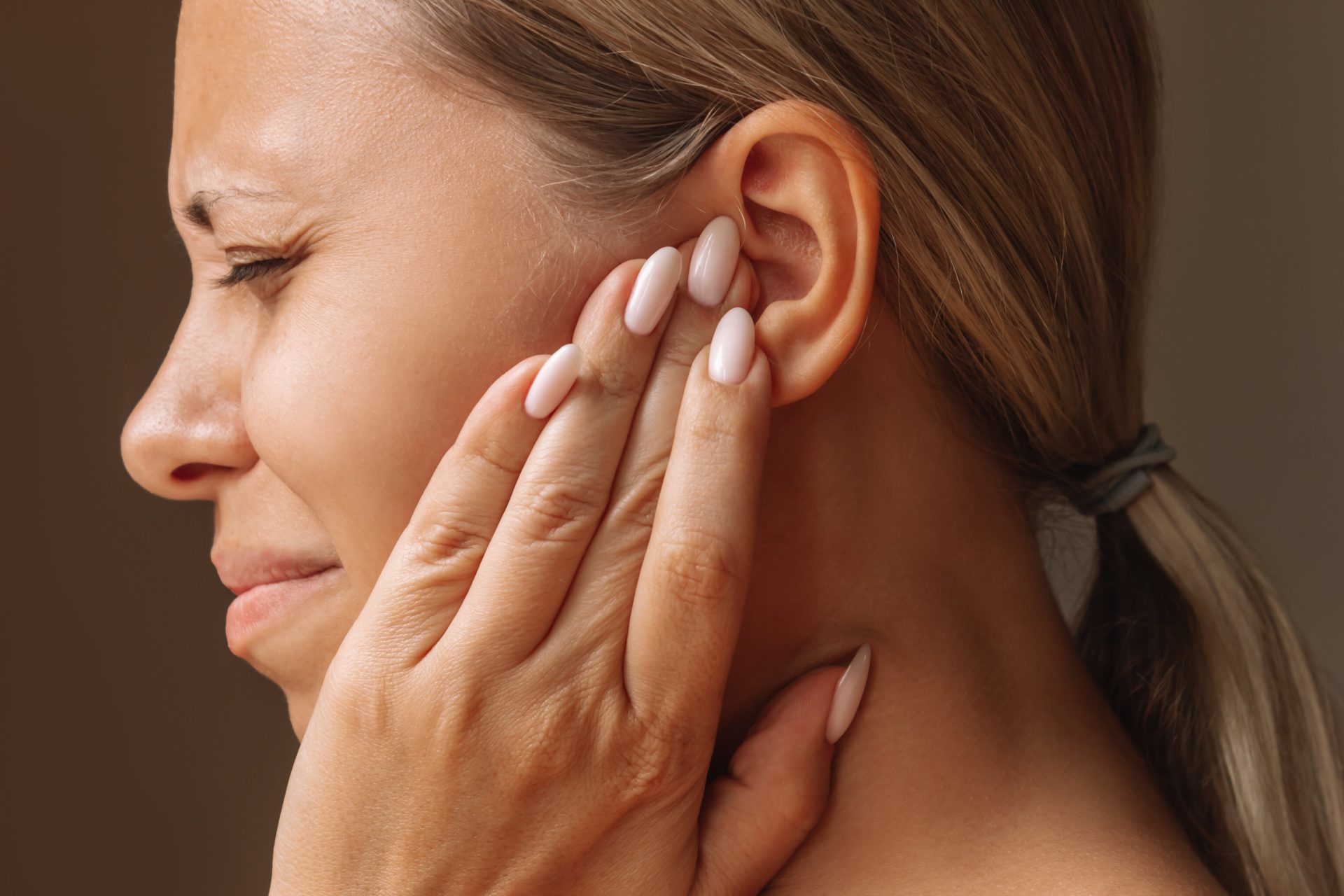We’re often asked by our customers questions about the ear wax removal process. This is understandable, as some are just beginning to see the advantages of having your ear wax removed.
Below, we’ll answer some of the most common questions and alleviate any uncertainty you may have about ear wax removal.
Why does ear wax build-up?
Ear wax is a natural substance produced by glands in the outer ear canal. It’s a vital part of the body’s defence mechanism; protecting the structures of the ear from dust, dirt, bacteria, and other foreign particles.
One factor contributing to built-up ear wax is genetics. Just as with many other bodily traits, the amount and composition of ear wax can vary from person to person due to genetic factors. Some individuals naturally produce more ear wax than others, making them more prone to experiencing build-up issues.
Age also plays a crucial role. As we age, the consistency of ear wax changes. Typically, it becomes drier and harder over time, making it less likely to fall out naturally. This change in texture can lead to greater wax build-up, particularly in older adults.
Furthermore, certain behaviours and environmental factors can contribute to the build-up of ear wax. The regular use of earplugs, hearing aids, or in-ear headphones can interfere with the natural migration of ear wax out of the ear canal, leading to blockages. Additionally, activities that expose the ears to excessive dust, dirt, or environmental pollutants may stimulate the ceruminous glands to produce more wax as a protective response.
Which is the best method for ear wax removal?
There are three types of ear wax removal: irrigation, syringing, and microsuction. Syringing is an outdated method and is not recommended for safety reasons. Irrigation may also come with complications, but microsuction is the standout method.
Microsuction involves the use of a specialised suction device equipped with a fine, thin tube or probe, which allows for precise and controlled removal of ear wax under direct magnification. A key advantage of microsuction is its ability to provide a clear and magnified view of the ear canal, enabling the audiologist to visualise the ear wax and any potential obstructions more clearly. This enhanced visibility allows for a more accurate and thorough removal process, reducing the risk of injury or discomfort.
During the procedure, the audiologist will gently place and remove the ear wax from the canal. The suction is carefully controlled to ensure that only the wax is removed, which minimises the risk of damage to the ear. Unlike traditional syringing, which relies on the force of water to dislodge the wax, microsuction does not introduce any liquid into the ear, making it a preferred option for individuals with a history of ear infections.
It’s quick, usually taking only a few minutes per ear, and is well-received by patients. It is performed using a microscope or an otoscope with a built-in light source to provide illumination and magnification of the ear canal.

Is ear wax removal safe?
The safety of ear wax removal is a common concern for many individuals seeking to address issues related to ear wax build-up. Ear wax removal is generally safe, however, it’s essential to consider several factors to ensure the safety of the removal process. For example, the choice of ear wax removal method plays a significant role in its safety. Methods such as irrigation and syringing carry varying levels of risk. However, microsuction carries very little – if any.
Microsuction offers unparalleled precision and control during the removal process. The audiologist can visualise the ear canal under magnification, allowing for a clear view of the wax and any potential obstructions. Also, unlike traditional ear syringing, which relies on the force of water to dislodge the wax, microsuction does not introduce any liquid into the ear. This eliminates the risk of water entering the middle ear, which can lead to discomfort, dizziness, or infection.
Additionally, the suction is carefully controlled to ensure a gentle and comfortable experience, reducing the likelihood of causing pain or discomfort compared to other removal methods. The absence of water in microsuction minimises the sensation of pressure or fullness in the ear, further enhancing patient comfort.

Is ear wax removal painful?
One of the most common questions people have about ear wax removal is whether it will be painful. In general, ear wax removal should not be painful when performed correctly and with appropriate care. Many individuals report feeling only mild discomfort or pressure during the process.
For example, irrigation, when performed gently and with lukewarm water, should not cause pain. The sensation during irrigation may feel slightly odd or uncomfortable as the water flows into the ear canal, but it should not be painful. The audiologist will control the water pressure carefully to avoid causing discomfort or injury to the ear canal.
Microsuction on the other hand, minimises any discomfort almost entirely. The only time where you might find discomfort is when a large piece of ear wax is removed, this shouldn’t hurt, it will just be slightly uncomfortable.
If you’re currently experiencing excessive ear wax build-up, don’t panic – we’ve got you covered. We offer microsuction ear wax removal appointments at both our Sutton and Solihull clinics. Book an appointment today.
We hope this article has answered your questions about ear wax removal. Whether you believe you need ear wax removal or are having issues with your hearing, we highly recommend you seek a professional opinion. Get in touch with our experienced audiologists for expert advice.

